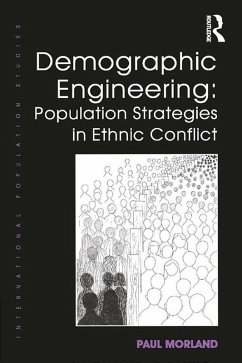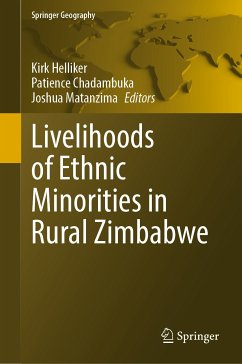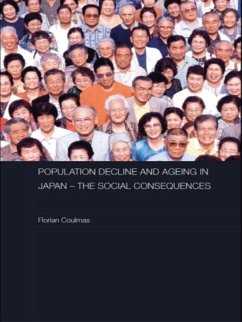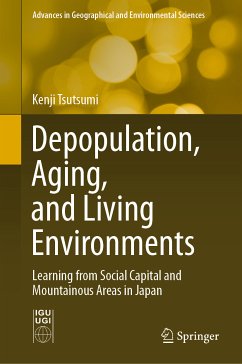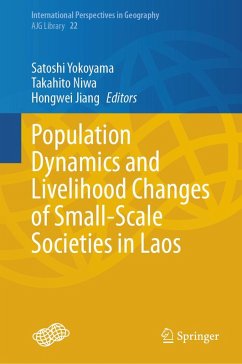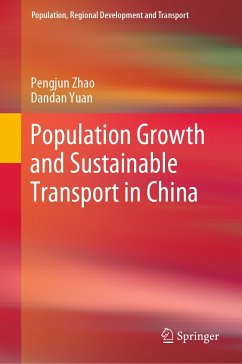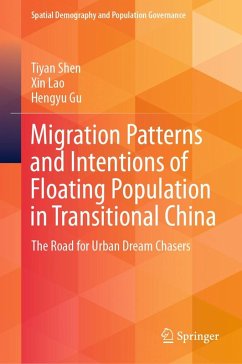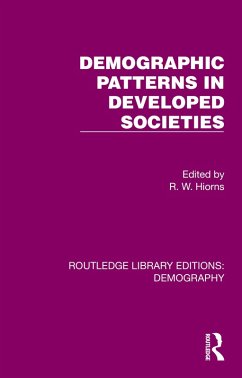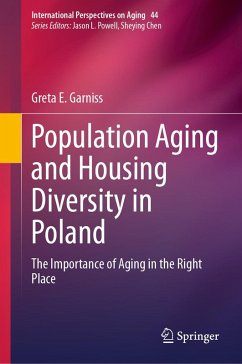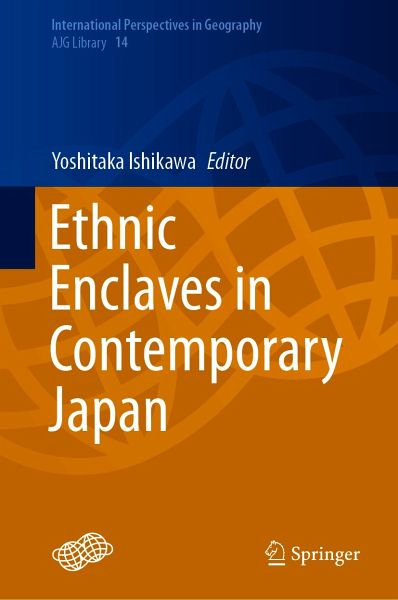
Ethnic Enclaves in Contemporary Japan (eBook, PDF)
Versandkostenfrei!
Sofort per Download lieferbar
72,95 €
inkl. MwSt.
Weitere Ausgaben:

PAYBACK Punkte
36 °P sammeln!
This book is the first work to comprehensively investigate the enclaves of non-Japanese residents in Japan. In a comparative study, it convincingly examines eight enclaves of five nationalities (Chinese, Korean, Filipino, Brazilian and Turkish) in twelve municipalities. Japan now leads in terms of depopulation in countries affiliated with the Organisation for Economic Co-operation and Development (OECD). The fact that the country has been supplementing the decreased number of Japanese nationals with an increase in migrants, who form enclaves, has attracted great attention. The temporal develop...
This book is the first work to comprehensively investigate the enclaves of non-Japanese residents in Japan. In a comparative study, it convincingly examines eight enclaves of five nationalities (Chinese, Korean, Filipino, Brazilian and Turkish) in twelve municipalities. Japan now leads in terms of depopulation in countries affiliated with the Organisation for Economic Co-operation and Development (OECD). The fact that the country has been supplementing the decreased number of Japanese nationals with an increase in migrants, who form enclaves, has attracted great attention. The temporal development and status quo of such enclaves are important concerns of researchers, policymakers and the general public. This publication is the result of joint studies by geographers and sociologists and contributes to a more detailed understanding of these topics. It thus represents a valuable achievement in the study of the segregation and enclave formation of minority nationalities. The empirical validity of existing explanatory frameworks, such as spatial assimilation and heterolocalism, is also discussed in a Japanese context.
Dieser Download kann aus rechtlichen Gründen nur mit Rechnungsadresse in A, B, BG, CY, CZ, D, DK, EW, E, FIN, F, GR, HR, H, IRL, I, LT, L, LR, M, NL, PL, P, R, S, SLO, SK ausgeliefert werden.



